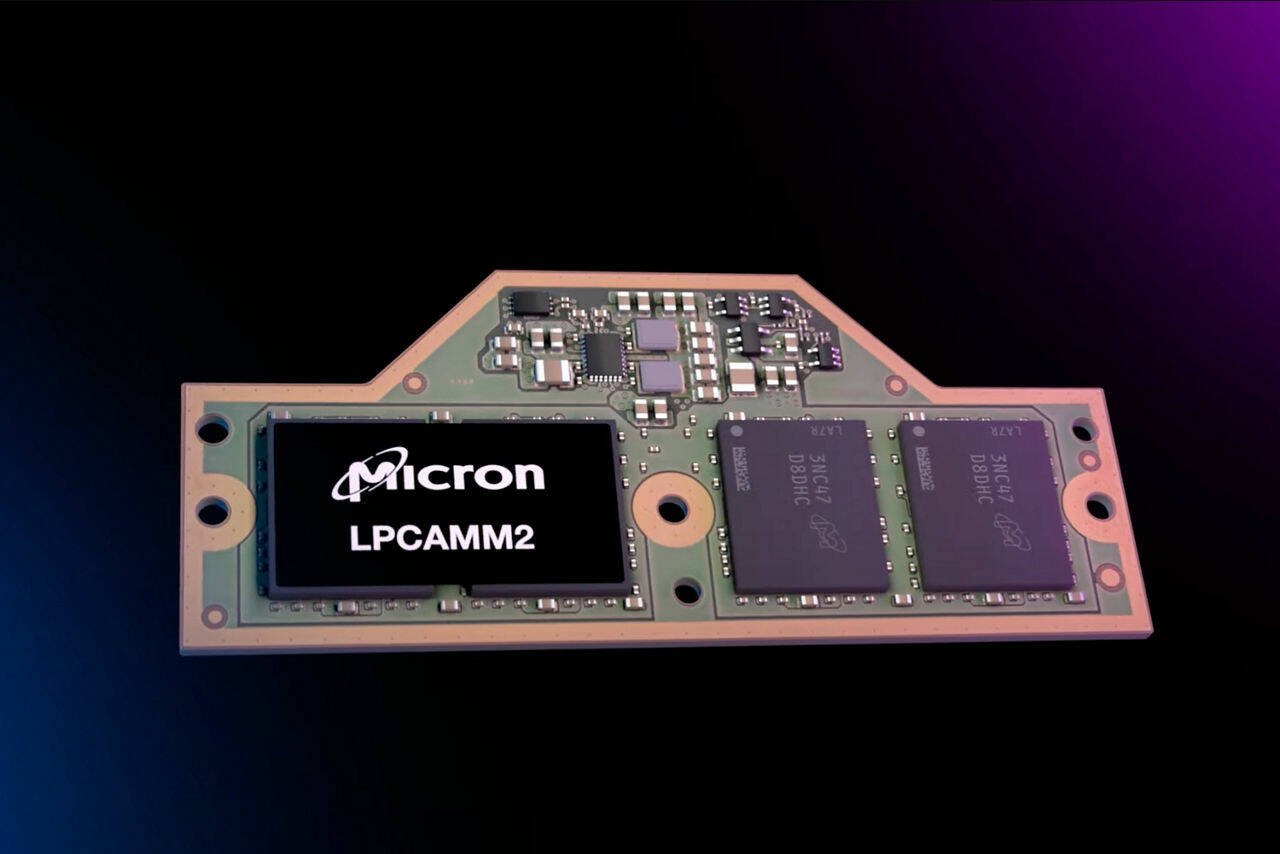- cross-posted to:
- selfrepair@lemmy.ml
- cross-posted to:
- selfrepair@lemmy.ml
I won’t hold my breath on Apple using this. It’d destroy their upsell from 8gb process in one fell swoop.
Apple only do consumer friendly when forced by the EU.
And even then they’ll think of the most malicious way to comply:
Forced to change the connector to USB C? Better only give it USB 2.0 speeds on the regular and Plus model.
Forced to allow third party app stores? Better give it as many restrictions and limits as possible. I assume/hope they’ll eventually be forced to open up more, but they’ll fight it for as long as possible.
It’d destroy their upsell from 8gb process in one fell swoop.
There’s a video where someone upgrades the memory of an iPhone by cnc’ing the existing memory chip. So basically using a drill to more or less drill the existing chip to get rid of it. Requires crazy precision.
What the fuck? Like its not even bga or some other kind of soldering?
https://www.youtube.com/watch?v=JbSDdU8bJI0 here’s the video.
So I guess it was UV epoxied after soldering and he put new epoxy on with the new nand. Or something along those lines but the component is soldered in a typical way. The rotary tool being used to pull out the residual phone glue is excellent and I feel like I learned something useful even though I’m never going to do an iPhone ram upgrade.
Here is an alternative Piped link(s):
https://www.piped.video/watch?v=JbSDdU8bJI0
Piped is a privacy-respecting open-source alternative frontend to YouTube.
I’m open-source; check me out at GitHub.
They’d have to redesign their SoCs. The memory chips are right next to the SoC with the M chips.
deleted by creator
I’ve never understood why so many manufacturers do that (laptops with 1 slot soldered and 1 slot replaceable) it seems like the worst of both worlds:
- since one slot is soldered only half the RAM can be upgraded
- since one slot is replaceable the laptop can’t be made thinner since they still have to include the latching mechanism for the one replaceable DIMM
It lets you build one motherboard with all possible ram options.
The smallest one has all it ram soldered on. Therefore less time is required in assembling the laptops. All other patients just need the extra ram placed in the dimm slot.
Thanks! Did the trick!
Generally you can upgrade RAM of different capacities, but only the amount of RAM that matches the original will run in dual channel. I’ve done it in a couple of machines, and it worked fine. the extra RAM should take a small performance hit, but In my case the tradeoff was worth it. I’ve also upgraded RAM beyond the specified max. Hasn’t always worked.
Yeah, I know it can be mismatched sizes, the laptop i’m typing this on has 4gb soldered + a 16gb DIMM. My question was more trying to understand why manufacturers seem to prefer using one of each rather than just making both replaceable, since the hybrid approach makes it only partly upgradeable while taking up as much physical space as if both slots used removable DIMMs. Since it seems like this combines all of the disadvantages of fully replaceable and fully soldered RAM with only half of an advantage, why are there so many laptops which do it?
I could 100% see them offering user replaceable memory, but with a slower max speed than factory installed. Gotta have something to point to when the regulators come a-knockin.
Good news I guess as I’ll never again buy a new computer which can’t be upgraded in the long term.
It ain’t my vision anymore and I hope more and more consumers think about buying second hand or buying upgradeable computers.
How about phones? They are a computer after all.
I’m in the proces of choosing a new one (forced by hardware failures of current one) a I hate having to choose all of its parameters with no possibility of any upgrade or meaningful configuration at the time of purchase.
Bring back THE RAMBUS!
I remember learning about this in the early 00’s but then the textbooks were saying about this newer memory technology which the world has moved to known as DDR! Makes me feel so old now 👵
I wonder if it means something for handheld devices like Steam Deck.
Now let’s see it on an sff PC mobo.
If you’re a manufacture, what incentives LPCAMM2 gives you over soldering the RAM? With soldering, you can upsell the upgrades and force ppl to replace the whole machine every 1-2 years. How does LPCAMM2 benefits the company? I’m talking in general, not some niche manufacturers like Framework.
TBH, I don’t think many will adopt this. Maybe it will show up in some expensive laptops like high end gaming and workstation, but majority of them wouldn’t.
“we created the problem of soldered-on ram! now we have the solution: a new standard, for no fucking reason!” -every memory, board, and system company
But the article explains that there is a technical reason.
For the curious (and lazy):
According to repair biz iFixit, the issue with the power-frugal LPDDR memory chips is that the lower voltage they operate at calls for more attention to be paid to signal integrity between the CPU and memory. In practice, this has meant shorter track distances on the circuit board, leading to LPDDR being soldered down as close to the processor as possible.
LPCAMM2 is intended to address this by putting LPDDR onto a circuit board module that is “cleverly designed to mount right up next to the CPU,” with “very short traces to help maximize signal integrity,” the iFixit team explains in a blog and video detailing their hands-on with the ThinkPad P1 Gen 7.
I still don’t understand, why this is seemingly no problem in any other application.
Desktops, servers and even some chonkier laptops manage to work with regular (SO)DIMMs just fine.
I’m guessing regular non-LP DDR works fine socketed in desktops because power is nearly a non-issue. Need to burn a few watts to guarantee signal integrity? We’ve got a chonky PSU, so no problem. On mobile devices however every watt matters…
Plus the smaller chips (like the CPU) are designed for lower voltage and current. They can’t handle dialing up the power, they’ll melt.
I recently got a have Mini-PC which a processor with a TDP of 6W and it uses run of the mill SODIMMS and the power supply for that stuff is a pretty regular wall socket power adapter, the same kind you would see for, say, a media box.
I suspect it’s not even a few watts (at 3.3V 1W is around 300mA is quite an insane amount of current for a signal line), more like tens or even hundreths of a watt.
Mind you, what really changes here is voltage rather than current: these things run at a lower voltage, which helps with speed and in reducing the power dissipating as heat (so they waste less power and heat up less) and that’s were signal integrity on longer signal traces becomes more of a problem because lower voltage signals are closer to the noise level the drop in voltage from the resistance of the circuit board lines because a higher proportion of the original voltage so the longer the trace the more likely it is that whatever reaches the other side is pretty much at the same level as noise.
Still matches what you wrote, by the way, as power = voltage * current, so all else being the same lower voltage does mean less power consumed. It’s just that you were a bit off on the scale of the power consumption involved plus there’s some more stuff related to using a lower voltage not just for lower power dissipation but also lower heat generation (which is directly derived from lower power dissipation) and higher speeds (which is for different reasons).
Normal DIMMs work fine but soldered RAM can just be much faster and in general better. It’s not an acceptable compromise on most desktops but for laptops which also has to be smaller and need to worry about stuff like battery life, it matters more.
Sounds like there is a bunch of nuance in this topic!
But I want clear black and white distinctions and outrage!!!
Laptops with sodimm DDR5 not only use much more power, but they’re also slower than LPDDR5.
Ex: the Intel Thinkpad T16 has 5600mhz ram in sodimm form, but with soldered RAM (AMD version) it’s like 6400mhz.
Desktops/servers get around this the best they can by just blasting the power away.
My understanding is that those are slower (SODIMMs) or are able to use more power (DIMMs) to maintain signal fidelity.
“they did it to save power!!! 111 one eleven”
there was perfectly fine memory that was upgradable before. They (system integrators/oems) saw it as a way to kill the upgrade market, boosting profits.
“It’s more performant than the old SODIMM sticks, vastly more efficient, it saves space, and it should even help with thermals as well. All that, and it’s still about as repairable as anything we’ve ever seen,” iFixit concluded.
Yes, there was a perfectly fine, upgradable memory standard before. And many 486s were also perfectly fine, upgradable computers.
The fact that a new technology makes it so we can have our cake and eat it too — upgradability without any compromise — is a fantastic innovation.
So you believe that the performance improvement and power saving is not worth creating a new standard?
No, not at the cost of locking in customer choice and flexibility. I have soldered-on ram in my ThinkPad, but not in my Predator gaming laptop. There is a -157% chance that Lenovo was trying to extract a few percent of extra speed so that I can open Firefox 0.13 seconds faster. Perhaps they’d try to cry “but battery life!”, in which case I’d respond with “well it’s not fucking working” as that machine barely gets 2.5h on a brand-new battery, browsing the web + terminal windows doing server admin stuff. (ThinkPad X13 Gen 2, Intel, with WWAN if you’re curious. Fucking 1.5k and it’s just passable for basic usage on the go.)
I’m not really upset with this ‘new’ standard, but the fact that oems are absolutely going to use it as bullshit marketing “look, we fixed the problem! get our un-fucked ram for only $129 per stick!”. That’s what the fuck I’m pissed off about.
I mean I’m not sitting here defending soldered on ram but your unnecessary aggression and sarcasm in your previous responses overshadows the fact that while solder on ram sucks for the upgrade and repair market the underlying tech has very tangible improvements and now we can maintain that improvement and the upgrade and repair functions.
I agree, soldered ram is bad. But I disagree that LPDDR ram is fundamentally bad and this improvement allowing it to be modular while maintaining its improvements is a very good thing.
As far as your complaints of battery life on your thinpad goes, there is much more to battery life than the consumption of the memory but naturally every part plays a role and small improvements in multiple places result in a larger net improvement. I’m assuming you’re running linux which in my experience has always suffered from less than optimal power usage. I’m far from an expert in that particular area but its always been my understanding that it is largely caused by insufficient fireware support.
As a whole this looking at this article in a vacuum i only see good things. A major flaw with lpddr has been address and i will be able to expect these improvements in future systems.











